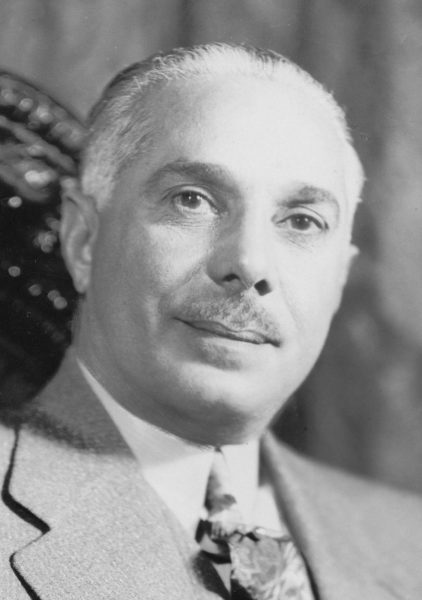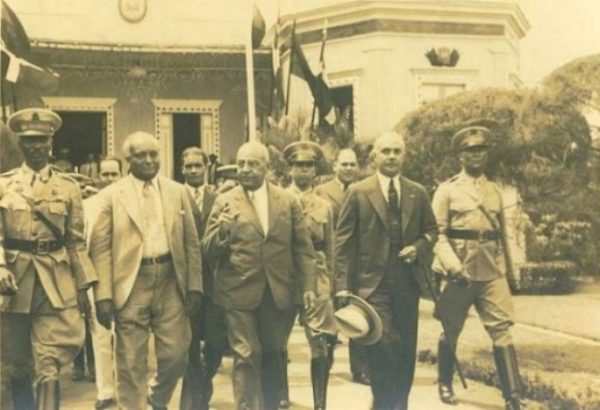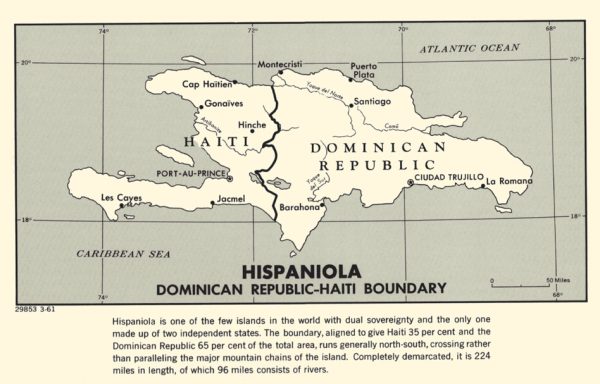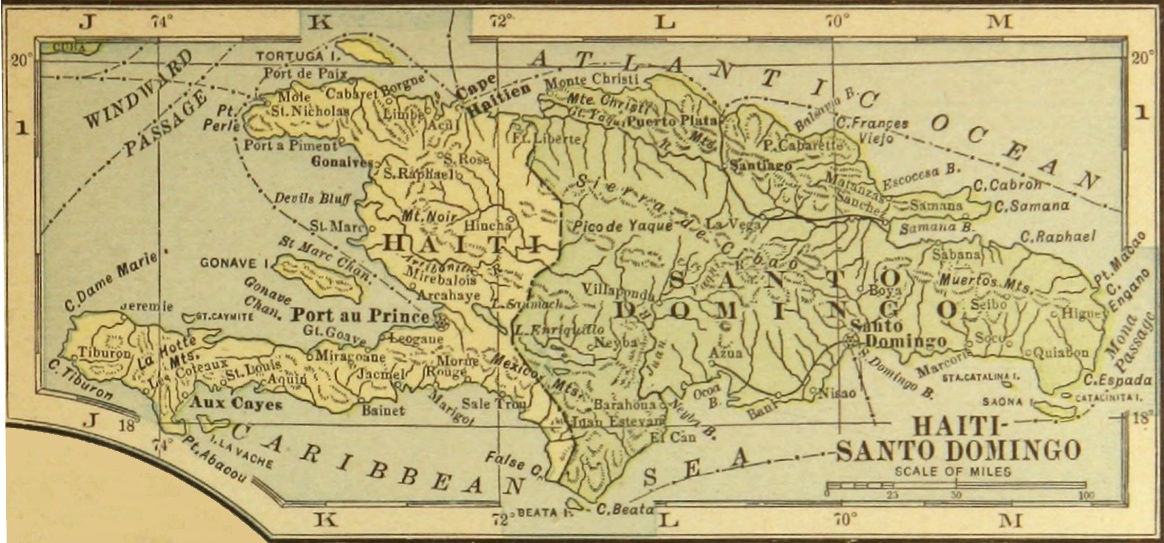Hidden behind the sun-kissed shores of the Caribbean, the tense story of Haiti and the Dominican Republic is one of shared legacies and simmering hostility. Beyond the vibrant cultures lies a history imprinted with both unity and division. Yet, one pressing issue persists, casting shadows over this complex relationship: the sealing of the Dominican Republic’s borders to Haiti, its neighboring country.
The History of the Relationship Between Haiti and The Dominican Republic
The history of Hispaniola, the island shared by Haiti and The Dominican Republic, is deeply rooted in colonialism. Back in the 15th century, Christopher Columbus unfurled the flag of Spanish possession over the land. In the years that followed, Hispaniola experienced shared Spanish, French, and Haitian influence, creating a complex net of cultural fusion and, at times, discrimination.
This relationship took a turn in 1804, when Haiti emerged as a symbol of defiance against oppression. Haiti, though a triumphant slave revolt, broke the shackles of French domination, marking a transformative moment not only for the island, but for the entire Western Hemisphere. Haiti stood as the only independent black-led nation in the Americas — a testament to the indomitable spirit of its citizens.
In the following decades, the Dominican Republic achieved its independence in 1844 by fighting against Haitian colonialism. This accomplishment served as a cornerstone for the Dominican national identity known today. It marked the beginning of a new chapter in the nation’s narrative – one where the Dominican Republic began to form its own distinct history, separate from Haiti’s.

In the 1930’s, the Dominican Republic’s dictator Rafael Trujillo led Dominican troops to commit a mass genocide of Haitians over a six-day period. Over 20,000 Haitians were murdered during this time period, which is now referred to as the “Parsley Massacre.”
In an interview with journalists Marlon Bishop and Tatiana Fernandez about the Parsley Massacre, Fracisco Pierre, a Haitian-Dominican man, said, “I was scared of Dominicans.” He continued to discuss the horrors of the massacre, describing how, at the age of ten, his neighbor told him, “Jump up and go across to Haiti right now, because they’re killing people in the village.”
Another interview was conducted by the same reporters, this time with a Haitian woman named Germéne Julien. She was of Haitian background but was born and raised in the Dominican Republic until she was forced to flee her home at just 3 years old. “My father worked the land. He left behind a huge garden of yucca, rice and many other things. Many members of my family were traveling from Montecristi and died on the journey,” she recalled.
In the same interview, another Haitian man and survivor of the Parsley Massacre, Gilbert Jean said, “Trujillo did it because he hated us, because he didn’t want to see black people in his country. It was in his roots to be racist.”
Though this event occurred a century ago, the effects are still lingering within the island. Willy Azema, whose ancestors were affected in the Parsley Massacre, said “Our relatives came here with nothing but the clothes on their back. Look around, we aren’t living the way a human being should live, and it’s the fault of the people who committed the massacre.” This violent massacre still shapes the ideas of the Dominican people and government, and encourages racism and prejudiced sentiments towards Haitian, Black, and dark-skinned people to this day.
Modern Policy and Border Closures in the Dominican Republic
Earlier in 2023, the Dominican Republic made a move to close its borders to Haiti. This was a calculated decision influenced by multiple factors, but at the forefront of these considerations are heightened concerns over immigration.
The Dominican Republic’s leadership had been aware of the potential negative impact that a continuous influx of Haitian immigrants might exert on its society. This influx could cause a strain on resources, labor markets, and already stretched public services. There already is a stark economic disparity between the two nations; the Dominican Republic enjoys a comparatively stable economic climate, which stands in sharp contrast to Haiti’s prolonged struggle against poverty, political instability, and natural disasters.
In the wake of the 2016 Haitian elections, there existed a palpable apprehension regarding the potential for political instability spilling over the border. The Dominican government enforced stricter immigration controls. This apprehension was not unfounded, given Haiti’s history of political turbulence.
The Dominican Republic, cognizant of the potential ripple effects of such instability, sought to safeguard its own political landscape through strategic border control measures. In addition to these considerations, the issue of security loomed large in the Dominican Republic. The government intermediately cited security concerns as a primary rationale for enacting border closures. The International Community maintained a vigilant watch over these border closures, with humanitarian organizations often issuing criticisms of the Dominican Republic’s handling of the situation.
The ramifications of the border closures on the Dominican population are a complex interplay of benefits and drawbacks. On one hand, these closures can be seen as a measure to alleviate specific economic and social pressures felt by the Dominican Republic. By controlling the flow of Haitian migrants, the government aims to mitigate potential strains on resources, public services, and labor markets.
At a political standpoint, it’s crucial to recognize that this decision does not come without its own set of challenges, particularly for the industries that have come to rely heavily on Haitian labor. Agriculture and construction, in particular, stand as prime examples. The agricultural sector often benefits significantly from the expertise of Haitian workers, whose contributions have become indispensable to the agriculture’s viability.
Similarly, the construction industry has thrived on the forced labor provided by Haitian migrants, a demographic that has played a pivotal role in fueling the country’s infrastructure development. Consequently, the border closures may disrupt the delicate equilibrium that has formed between these industries and the Haitian workforce. The sudden absence of this manual labor can potentially result in a labor deficit, affecting productivity and the overall economic stability of these sectors.
The border closures, from the Haitian population’s point of view, stand as an intimidating barrier to freedom. This introduces a myriad of challenges and risks that will shape their lives. With the official channels restricted, many are compelled to turn to informal and often perilous means to cross the Dominican border. This manifests itself in various forms, from treacherous journeys through hazardous terrains to relying on stealthily hidden networks that operate outside of legal view.
These desperate measures reflect the length to which Haitian migrants are willing to go in pursuit of better opportunities, and highlight the dire circumstances many face back in Haiti. For those who have already established a life in the Dominican Republic, closing the borders can increase marginalization and make Haitian migrants vulnerable to acts of violence and racism.
The majority of Haitian migrants are entering the Dominican Republic illegally and without proper documentation. The undocumented status that arises from these circumstances can be a source of profound insecurity. It exposes Haitian individuals to an increased risk of exploitation in the Dominican Republic. This precarious position can lead to a cycle of disenfranchisement, with limited access to essential governmental services, education, legal protection and healthcare. This in turn perpetuates a cycle of vulnerability for Haitian migrants in the Dominican Republic.

In this context, discrimination and bigotry become palpable realities for many Haitians living in the Dominican Republic without legal documentation. The absence of legal recognition can serve as a catalyst for prejudiced attitudes and practices, leaving these individuals susceptible to various forms of mistreatment by Dominican citizens and government. These can range from workplace exploitation to the denial of basic human rights.
This not only aggravates the challenges they face but also stresses the urgent need for improved immigration policies that prioritize the wellbeing of all individuals, regardless of nationality or legal status. The predicament of Haitians navigating the complexities of their border closures and their aftermath highlights the urgent need for thoughtful and inclusive policies that take into account the realities faced by those seeking better opportunities beyond Haiti.
The Impacts of Haitian-Dominican Hostility
The tensions between Haiti and the Dominican Republic hold negative implications for the United States, surpassing mere regional concerns and intersecting with several aspects of the U.S. foreign policy. This is displayed by the fact that the Caribbean region’s stability is of profound importance to the U.S., given the Caribbean’s direct involvement in various pivotal issues, including immigration laws, trade, and national security.
Immigration is one of the most impactful issues that several countries, including the Dominican Republic and Haiti, have to face. The proximity of both Haiti and the Dominican Republic to the United States means that events in these feuding nations have a direct impact on America.
Tensions or disruptions in either country have led to an influx of immigrants coming to the U.S., usually seeking refuge or better life opportunities in America. This places a considerable strain on American immigration infrastructure, shaping domestic policies and practices.
The economic dynamics of the Caribbean region are closely intertwined with American interests. The U.S. is a major trading partner for both Haiti and the Dominican Republic, with economic ties spanning a range of industries, from agriculture to manufacturing. Thus, the stability and economic prosperity of these nations bear a direct consequence for American businesses and industries that engage in international commerce. Any shifts in the economic landscape of either nation travel through several trading networks, impacting American shareholders and potentially influencing trade policies.
Regional security is another critical angle where the tensions between Haiti and the Dominican Republic are keenly felt by the United States. The Caribbean region, due to its geographical proximity, plays a volatile role in the broader security architecture of the Western Hemisphere. Instability or conflicts in the region have the potential to escalate and pose security challenges that demand American attention and resources.
The relationship between Haiti and the Dominican Republic is entwined in shared history, cultural affinities, and enduring issues. Delving into the heart of these border tensions requires a comprehensive understanding of the multifaceted historical, economic, social, and political factors that have contributed to the complex dynamic.

From the legacy of colonialism to the shared struggles for independence, Haiti and the Dominican Republic share a common historical narrative that has shaped their respective identities. The Dominican Republic has experienced periods of relative stability and economic growth, contrasting sharply with Haiti’s persistent battle against poverty, political instability, and environmental challenges.
These economic discrepancies, coupled with the stark contrast in infrastructure and resources, have contributed to a complex dynamic where the aspirations of Haitians seeking a better life often intersect with the concerns and interests of the Dominican Republic.
The repercussions of border closure, from immigration patterns to trade relations, resonate profoundly within U.S. borders. By deeply searching into the layers of their shared past, there lies the potential for a future where these two nations and their people can thrive in harmony, exceeding the borders that have, at times, divided them.
“Jump up and go across to Haiti right now, because they’re killing people in the village.”

